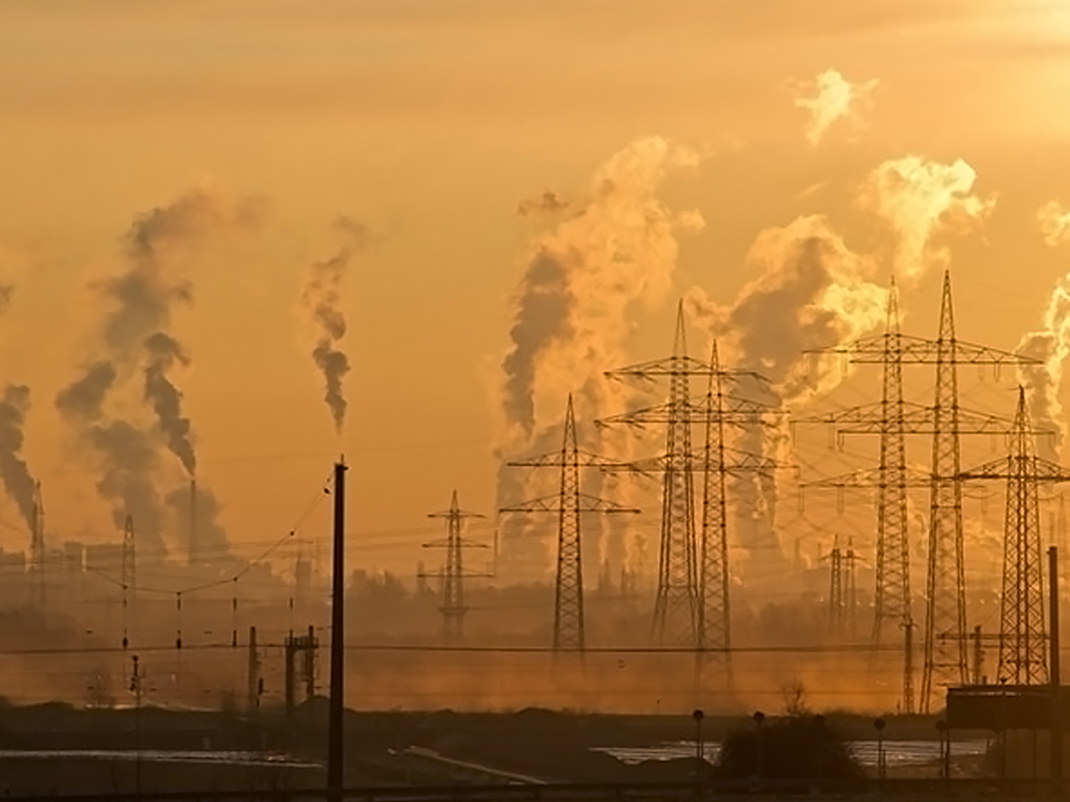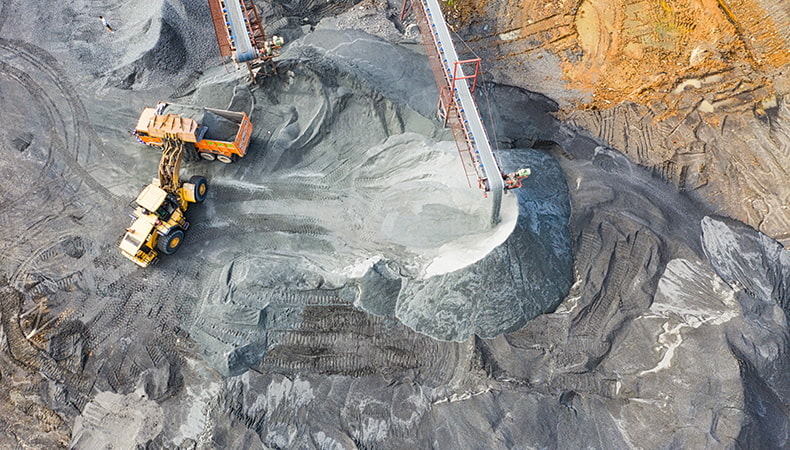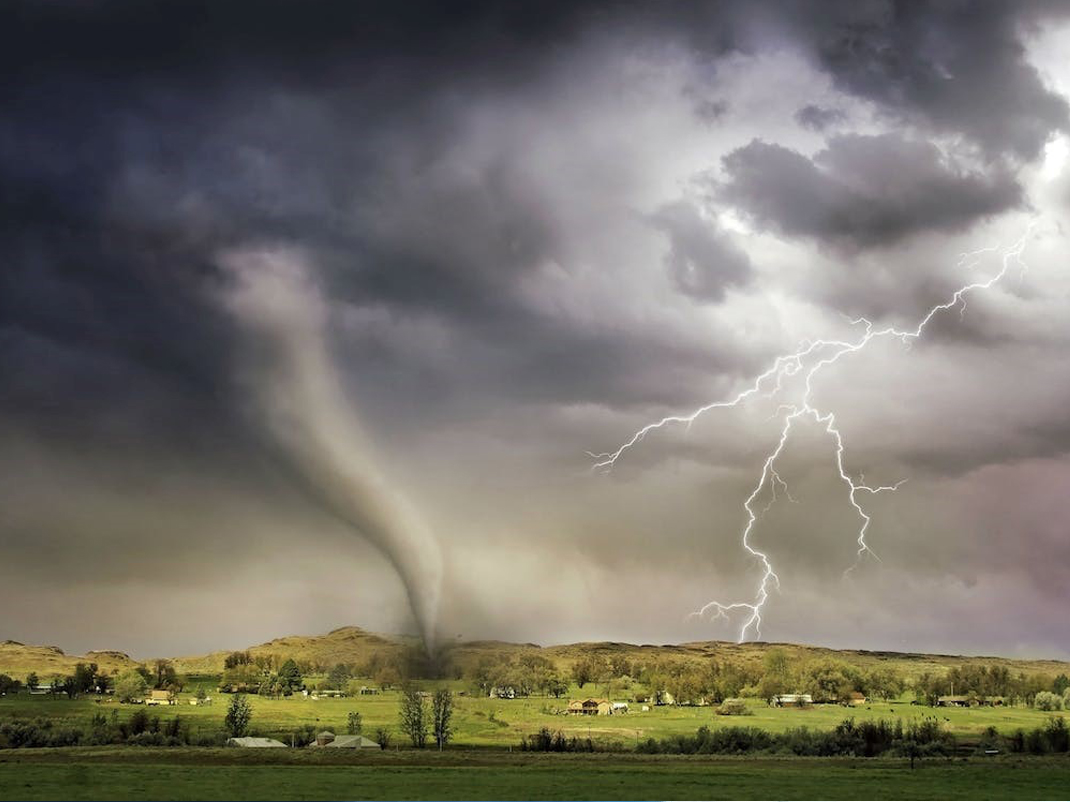Pollutants in your environment
Grades 9 and 10 (Ontario)
Secondary cycles 1 and 2 (Quebec)
The National Pollutant Release Inventory (NPRI) is a registry managed by Environment and Climate Change Canada (ECCC) that keeps annual records of quantities of over 300 pollutants released to air, water and land, and disposed of and/or transferred by Canadian commercial and institutional facilities that meet certain criteria. This lesson plan is intended to be used by secondary school teachers to explore pollution release in Canada as well as to highlight the uses and limits of such a database.

Share :
To support teachers and students through this learning experience, this lesson plan includes:
- A guide for educators (PDF, 4 MB)
- A link to a NPRI student dashboard created in Tableau and available on the Tableau public website – a simplification of the NPRI Data Search Tool
- An Introduction for classes (PPT, 4 MB)
- Curriculum connections (included in the guide for educators)
- Student handouts (included in the guide for educators)
Associated activities
These associated activities, included all together in the guide for educators (PDF), can be used individually alongside their related student handouts.
Part 1 – Pollutant destinies
Students will explore how various pollutant “destinies” (release, disposal, transfer) vary based on the facility releasing them.
- Activity 1.1 – Pollution vs Waste
- Activity 1.2 – What types of facilities report to the NPRI?
- Activity 1.3 – Introduction to the NPRI
- Activity 1.4 – Introduction to Pollutant Destiny
- Activity 1.5 – Pollution Destiny Glossary
- Activity 1.6 – Does a pollutants destiny change based on which type of facility is releasing it?

Part 2 – From local to national: A picture of pollutant release in Canada
Students delve into NPRI data to explore the distribution of pollutant release in Canada over time.
- Activity 2.1 – Who is releasing pollutants in our community?
- Activity 2.2 – To recycle or Not to Recycle
- Activity 2.3 – Accidental Releases

Part 3 – Social, political and economic factors
Students explore various social, political and economic factors that may play a role in determining a company’s choice of location for their facilities.
- Activity 3.1 – Geographical factors – Why are pollutant-releasing facilities where they are?
- Activity 3.2 – Can pollutants released further away affect our water?

Part 4 – Careers within the NPRI team of ECCC
This section deals with careers within the NPRI team at Environment and Climate Change Canada (ECCC).

You may also be interested in

Climate change adaptation: Living world
Bring climate change lessons to life with interactive and exciting student activities! They’ll explore its causes, impacts on biodiversity, and solutions to protect the living world.

Climate change adaptation: Society and economy
Engage your students in dynamic activities on climate change! They will discover the causes, impacts and solutions, while exploring adaptation to protect society, the economy and the environment.

Climate change adaptation: To what degree?
Engage your students in climate change adaptation and mitigation with this comprehensive lesson plan! Includes interactive activities, a teacher’s guide, and downloadable infographics.